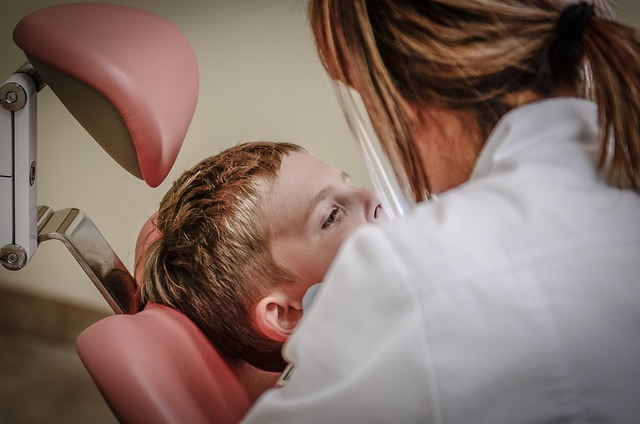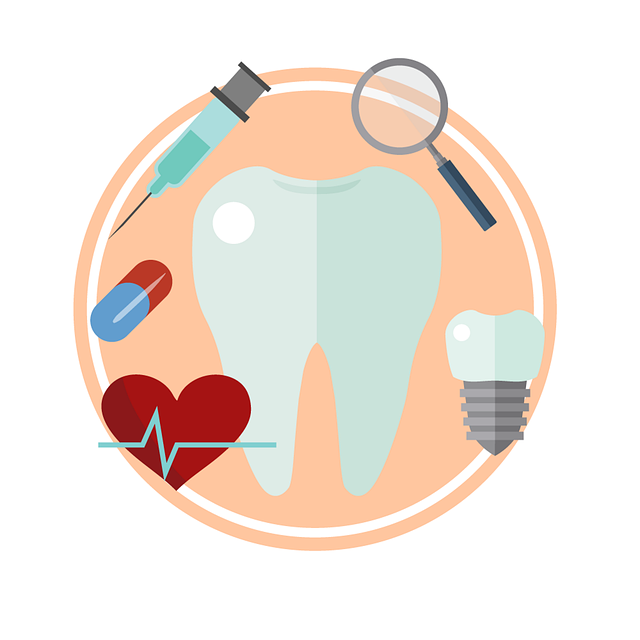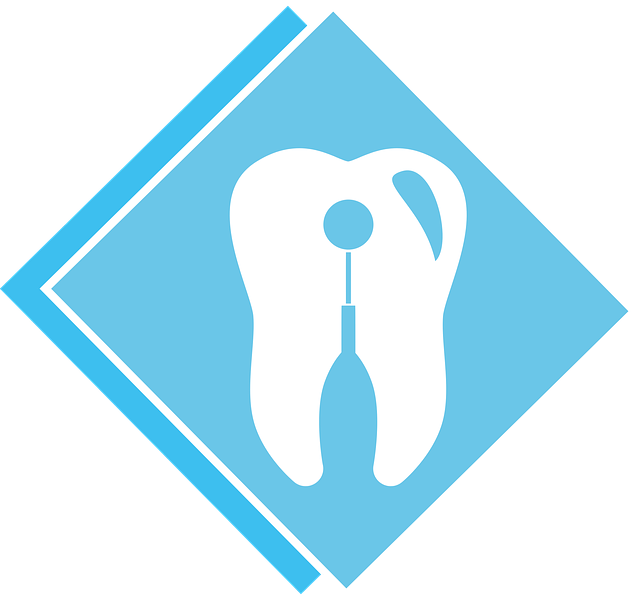Dentists face significant legal risks from malpractice claims due to patient safety issues like misdiagnosis and incorrect treatments. Professional liability insurance is crucial for financial protection against negligence. By understanding practice-specific risks, comparing policy coverage, and securing adequate limits, dentists can safeguard their practices, ensure quality care, and avoid financial strain from potential claims.
In the dynamic field of dentistry, ensuring adequate malpractice coverage is paramount. This comprehensive guide explores the intricate aspects of professional liability for dentists, delving into key risks specific to dental practices. We provide a step-by-step approach to tailoring insurance coverage, debunk common misconceptions, and offer insightful case studies. Additionally, discover best practices designed to mitigate risk and prevent errors, empowering dental professionals to navigate their practice with confidence and peace of mind.
- Understanding Professional Liability for Dentists
- Key Risks in Dental Practice
- Tailoring Insurance Coverage: A Step-by-Step Guide
- Common Misconceptions About Dental Malpractice
- Case Studies: Real-World Examples of Dental Malpractice
- Best Practices to Mitigate Risk and Prevent Errors
Understanding Professional Liability for Dentists

Dentists, like many healthcare professionals, must navigate complex legal landscapes to ensure they’re protected against potential malpractice claims. Professional liability for dentists refers to insurance coverage that shields them from financial losses arising from negligence or mistakes during dental procedures. This is crucial as even seemingly minor errors can lead to significant patient harm and subsequent litigation.
Understanding professional liability involves recognizing the various scenarios that could trigger a claim, such as incorrect diagnoses, improper treatment plans, equipment malfunctions, or failures to obtain informed consent. By having adequate malpractice coverage tailored specifically for their practice needs, dentists can mitigate risks, ensure financial security, and continue providing quality dental care without undue concern about potential legal repercussions.
Key Risks in Dental Practice

Dental practices come with unique challenges that can expose dentists to significant professional liability risks. One of the primary concerns is patient safety, where any negligence in treatment, such as incorrect diagnoses, improperly fitted dental work, or medication errors, can lead to severe physical harm and legal repercussions.
Another critical risk area is consent and communication. Dentists must obtain informed consent from patients before performing procedures, ensuring they understand the treatment plan and potential risks. Miscommunication or failure to disclose relevant information may result in disputes and malpractice claims. Additionally, managing patient expectations and providing clear post-treatment instructions are essential to avoid complications and potential litigation.
Tailoring Insurance Coverage: A Step-by-Step Guide

When tailoring insurance coverage for dentists, the first step is to assess the specific risks associated with dental practice. This involves understanding the procedures performed, patient demographics, and potential liabilities. For instance, a pediatric dentist may require different coverage than an orthodontist due to varying treatment complexities and patient age groups.
Next, compare the scope of coverage offered by different policies. Look for comprehensive professional liability protection that includes general negligence, malpractice claims, and any specific risks unique to your practice. Review policy exclusions carefully and ensure they align with your risk assessment. Consider also the financial capacity to handle potential claims and choose a limit that offers adequate protection without unduly burdening your budget.
Common Misconceptions About Dental Malpractice

Many dental professionals hold misconceptions about malpractice coverage, often due to a lack of understanding or misinformation. One common misconception is that dental malpractice claims are rare and therefore unnecessary for their practice. However, dental procedures carry inherent risks, and accidents can happen—from oversights during treatment to equipment malfunctions. Negligence in these cases can lead to severe consequences for patients, making comprehensive professional liability coverage a necessity rather than an option.
Another misconception is that only high-risk procedures require specific malpractice insurance. The truth is, every dental practice involves some level of risk, and general dentistry practices are not immune to lawsuits. Even routine checkups or fillings can result in unexpected outcomes, leading to claims if patients suffer injuries or develop complications. Therefore, all dentists should assess their exposure to risk and ensure adequate professional liability protection tailored to their specific practice areas and patient demographics.
Case Studies: Real-World Examples of Dental Malpractice

In the realm of dentistry, where precision and care are paramount, understanding professional liability is an indispensable aspect of practice management. Case studies offer a compelling glimpse into real-world scenarios where dental malpractice occurred, highlighting the importance of adequate coverage for dentists. For instance, consider a case where a dentist failed to diagnose an oral cancer in its early stages, resulting in significant patient harm and subsequent legal action. This scenario underscores the critical need for comprehensive professional liability insurance, which can provide financial protection against such lawsuits and associated costs.
Another illustration involves a dental procedure that went awry due to equipment malfunction, leading to unnecessary pain and discomfort for the patient. Such incidents serve as reminders that even with rigorous protocols, unforeseen circumstances can arise. Adequate malpractice coverage ensures dentists are shielded from potential liabilities arising from these rare but impactful events. By reviewing real-world examples, dental professionals can better appreciate the value of tailored insurance solutions designed to address their unique risks and responsibilities.
Best Practices to Mitigate Risk and Prevent Errors

To mitigate risks and prevent errors, dentists should adhere to best practices that are integral to their professional liability for dentists. First and foremost, staying up-to-date with continuing education courses ensures knowledge of the latest procedures and guidelines, reducing the likelihood of errors. Implementing robust communication with patients is another key strategy; clearly explaining treatment options, potential risks, and alternatives empowers patients to make informed decisions while minimizing misunderstandings.
Additionally, maintaining meticulous records and documenting every step of a procedure is crucial. Detailed charts not only serve as a safeguard against malpractice claims but also facilitate better patient care through easy retrieval of information. Using modern technology for record-keeping and communication can enhance efficiency and reduce human errors.
